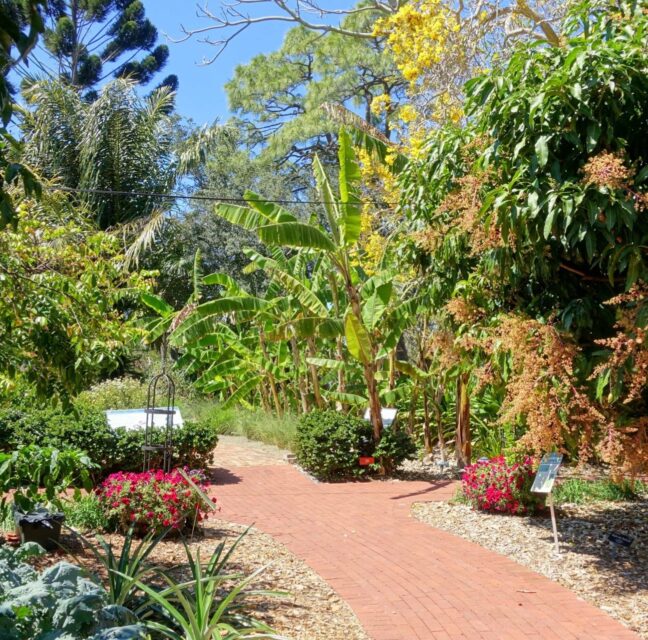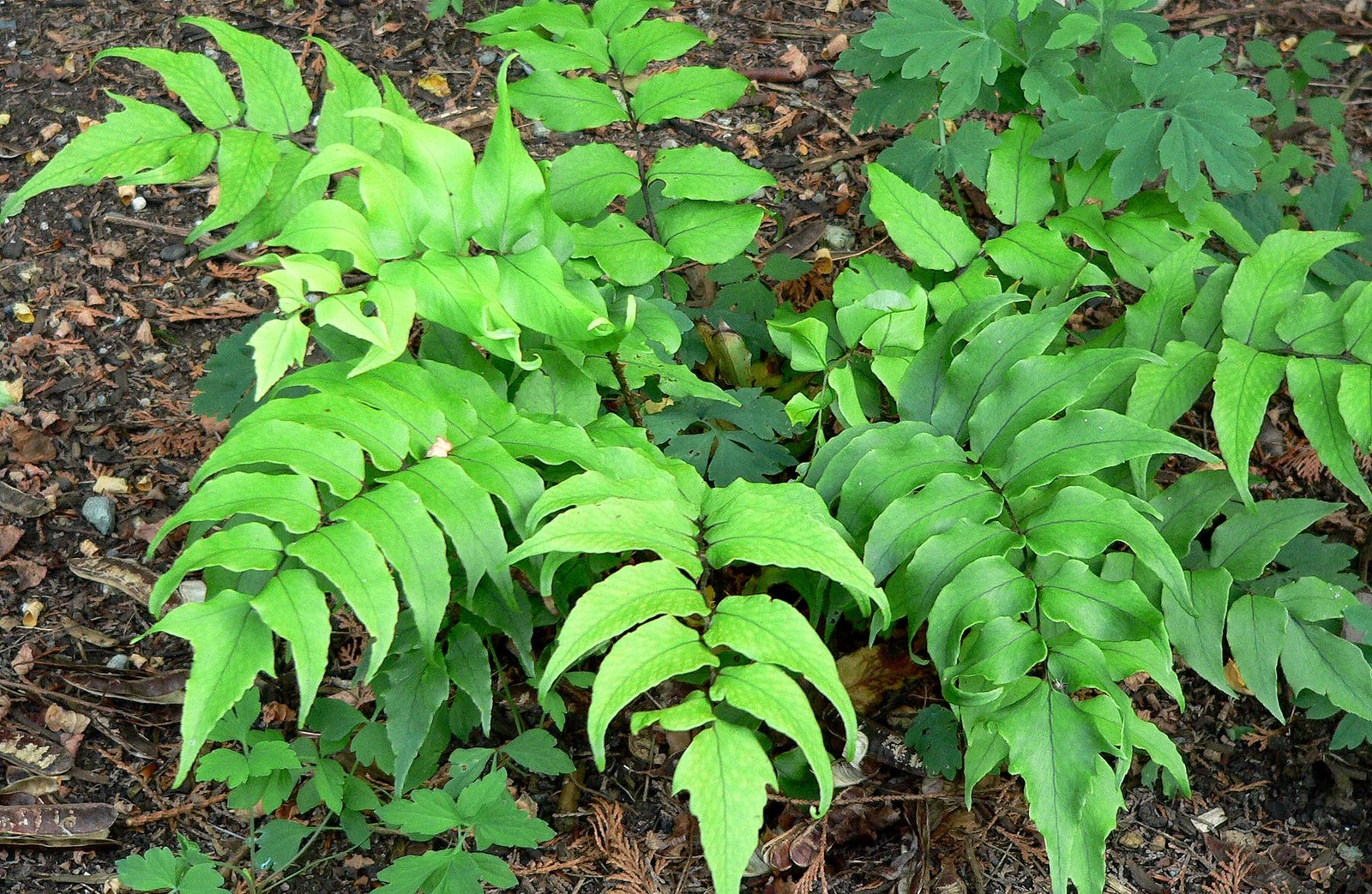
This month’s article will explore a little-known relationship between orchids and ferns … and then we’ll wrap up with information about some of the unique ferns that can be found throughout the Edison and Ford Winter Estates.
For many years, successful growth and propagation of epiphytic orchids such as cattleyas, phalaenopsis and more were dependent on anchoring new plants to a medium known as “osmunda fiber.” The name osmunda traces back to the Saxon for domestic peace or to the Viking god, Thor.
Osmunda fiber is a substrate ground from the very dense, wiry tough root mass of Osmunda ferns. It was favored by growers because it is slow to decay, lasting from two to four years; and it holds moisture very well, while not compromising aeration of the newly rooted orchid. It’s also highly nutritious – releasing 3 percent of needed nitrogen to the orchids as the fiber decays, promoting growth of young plants without additional fertilizer.
Osmunda ferns that produce suitable fiber include three species: the Royal Fern (Osmunda regalis), the Cinnamon Fern (Osmundastrum cinnamomen ) a n d\ the Interrupted Fern ( O. claytoniana ) . In all, 13 species of native Osmunda ferns are found in eastern p o r t i o n s o f N o r t h America from Canada to Southwest Florida!
Osmunda regalis var. spectablis is native to Florida. While all other species of this Royal Fern are abundant and found in all 67 counties of Florida, over-harvesting for use as an orchid growing medium has caused Florida to list the plant as commercially exploited; its status throughout the U.S. and Canada is still listed as secure.
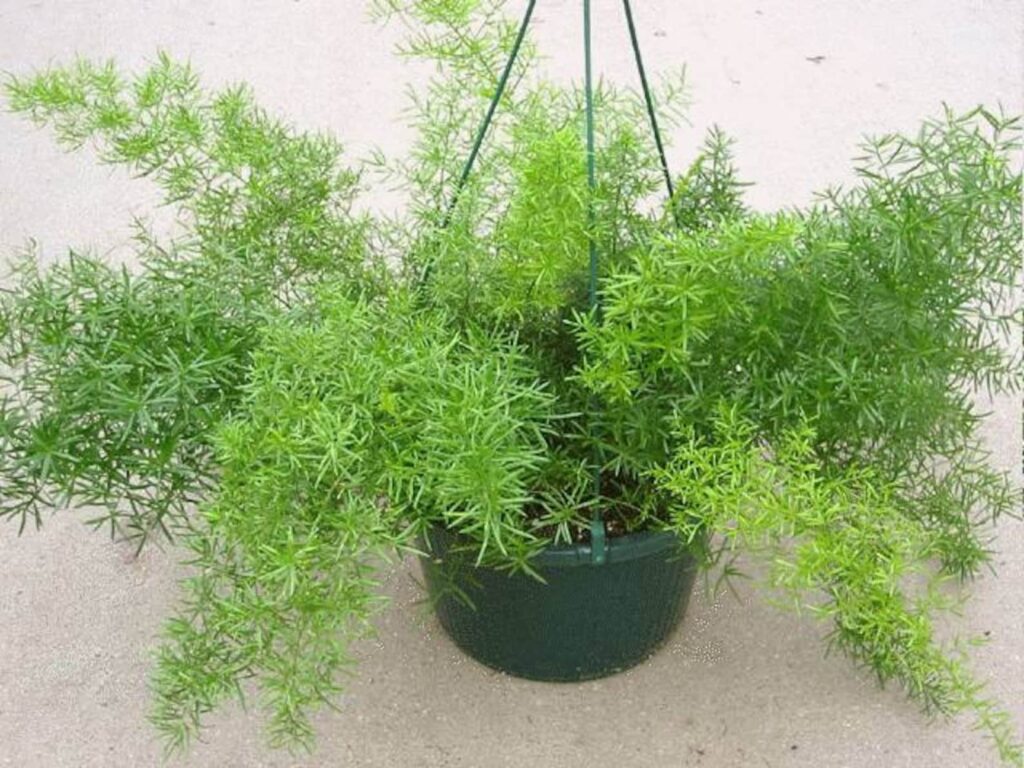
Ferns arrived on the planet 365 million years ago and they gave rise to the cycads. Ferns don’t flower or bear fruit but reproduce via spores. Most ferns produce their spores as small brown dots on the undersides of their fronds (leaves). Each pattern of sori found on the underside is like a fingerprint for identification of a fern species. Look at the difference in the sori of the Staghorn fern, the Asian Suloi fern and the Holly fern. Uniquely, Osmunda ferns produce bouquets of red, gold, or brown fertile fronds\ in their centers for easy identification in the wild. While Osmunda ferns represent the smallest order of ferns, when it comes to fern fossils, they are found most often.
The herbal value of the Royal Fern has been known to civilizations for thousands of years. More recently, in 2017, an article in the BMC Complementary Medicine and Therapies peer journal spoke to the role of osmunda root interrupting the growth of squamous cells in head and neck skin cancers. Work on this discovery continues as these are the most common cancers in humans.
As gardeners, think about ferns with which you are familiar. When was the last time you saw fronds chewed by insects, covered by aphids, or blackened by a mysterious fungal blight? Perhaps their nearly 400 million years of success holds the keys to cross species preservation.
T h e s y m p a t i c o relationship between ferns and orchids doesn’t end with osmunda fiber. Fabulous ferns to grow in Southwest Florida that can serve as outstanding h o s t s t o e p i p h y t i c orchids, are the exotic tree ferns. Commonly called Australian Tree Ferns, (many are from N e w Z e a l a n d ) , t r e e ferns, are, of course, not trees. The trunk is part of its shallow, but immensely strong root system allowing\ the fern to grow to great heights, sometimes 65 feet in the wild. An old tree fern trunk can be nearly impossible to cut even with a chainsaw, due to the dense fiber within its core. Like solitary palms, the center of growth is the apical meristem at the bottom of the frond canopy and must always be protected.
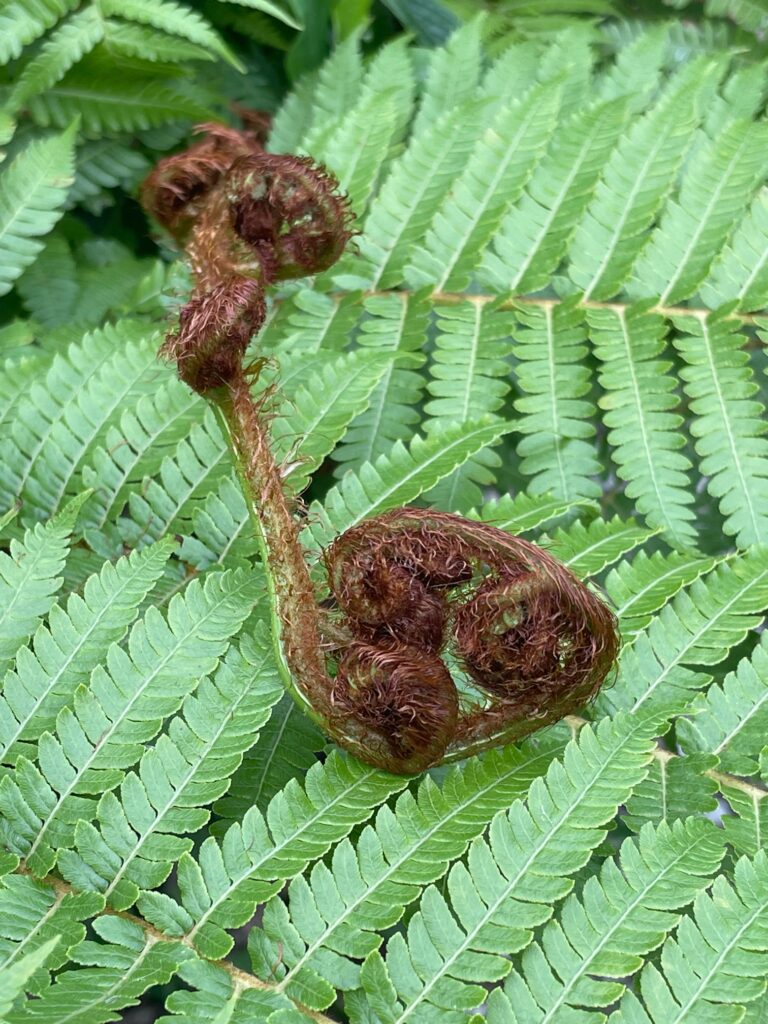
Tree ferns are relatively easy to grow provided: 1.) They are not allowed to dry out; 2) They receive dappled sunlight with protection from the hottest afternoon sun; and 3.) They have well-draining, rich, and heavily- mulched soil. In their native habitat, called the bush, the newly emerging fiddleheads of the tree ferns are often the first signs of regrowth after a fire.
Occasionally, Cyathea cooperi, the Lacy Tree Fern, is available in the Garden Shoppe at the Estates. The C. cooperi are fast-growing tree ferns. Native to the southeast corner of Queensland, Australia, give these tree ferns good organic fertilizer or well-rotted animal manure to help them thrive. This species can be found in the Begonia and Fern Garden at the Estates.
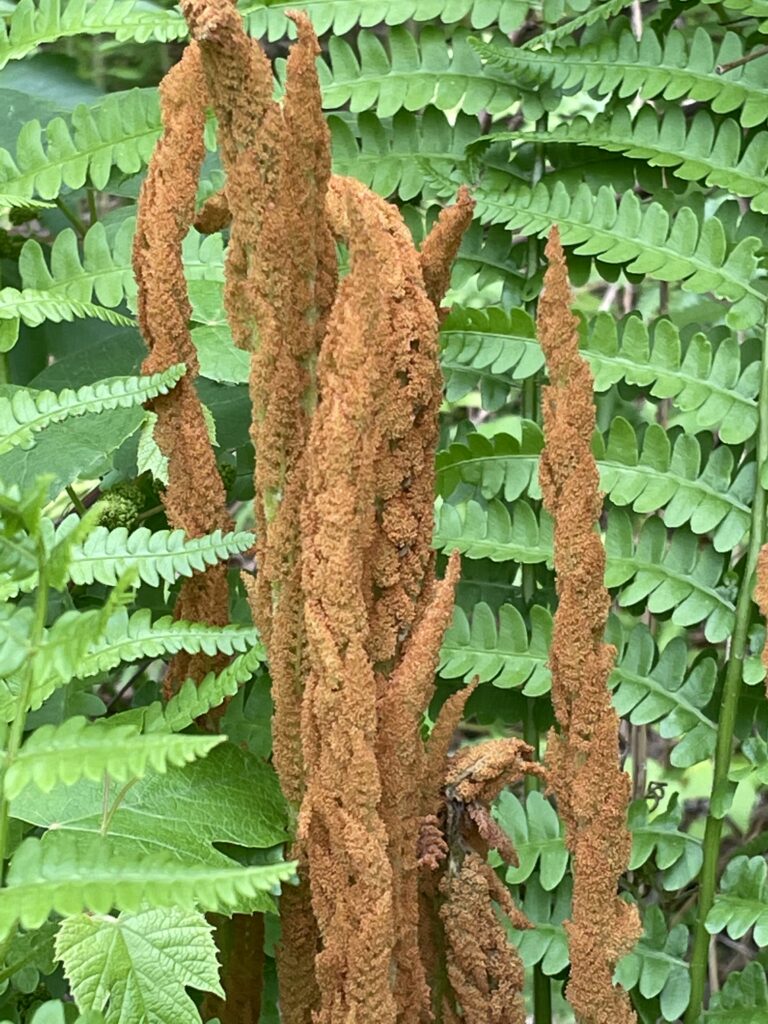
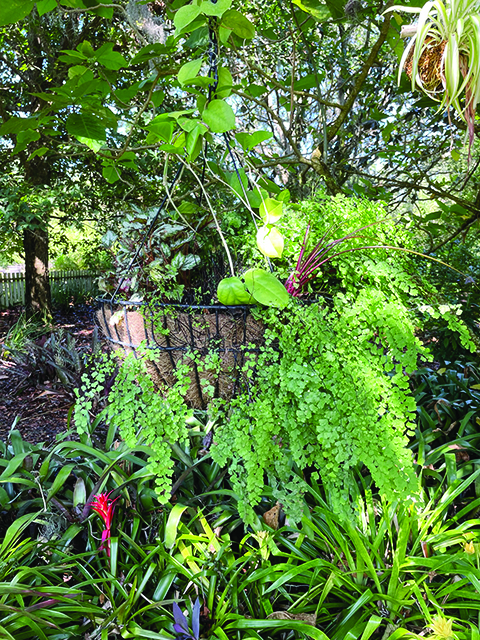
As far back as 1908, historic records indicate that Mina Edison loved ferns, perhaps because they were easy to obtain from the property and forests. As Mina knew, many make great container plants, and all do best in moist, shady areas of the garden. Two of her favorites were the Maidenhair Fern (Adiantum capillis-veneris) and Boston Fern (Nephrolepsis exalta), which is the native Florida sword fern. Exotic and invasive sword ferns are often sold as Boston Ferns but be on the watch for tuber’s growing in or on the roots. These ferns will aggressively steal your landscape if planted and can be very difficult to remove. When in doubt, visit the Estates for accurate information.
Mina also grew the Foxtail Fern or Sprenger’s Asparagus Fern (Asparagus densiflorus) in art-deco pots in the Moonlight Garden as well as the Asparagus Fern, (Asparagus aethiopicus) that wispy hanging plant with treacherous small thorns hiding in the stems with bright red berries. Be aware that the Asparagus Fern is a Category 1 Invasive plant in Florida, so this one should not be planted.

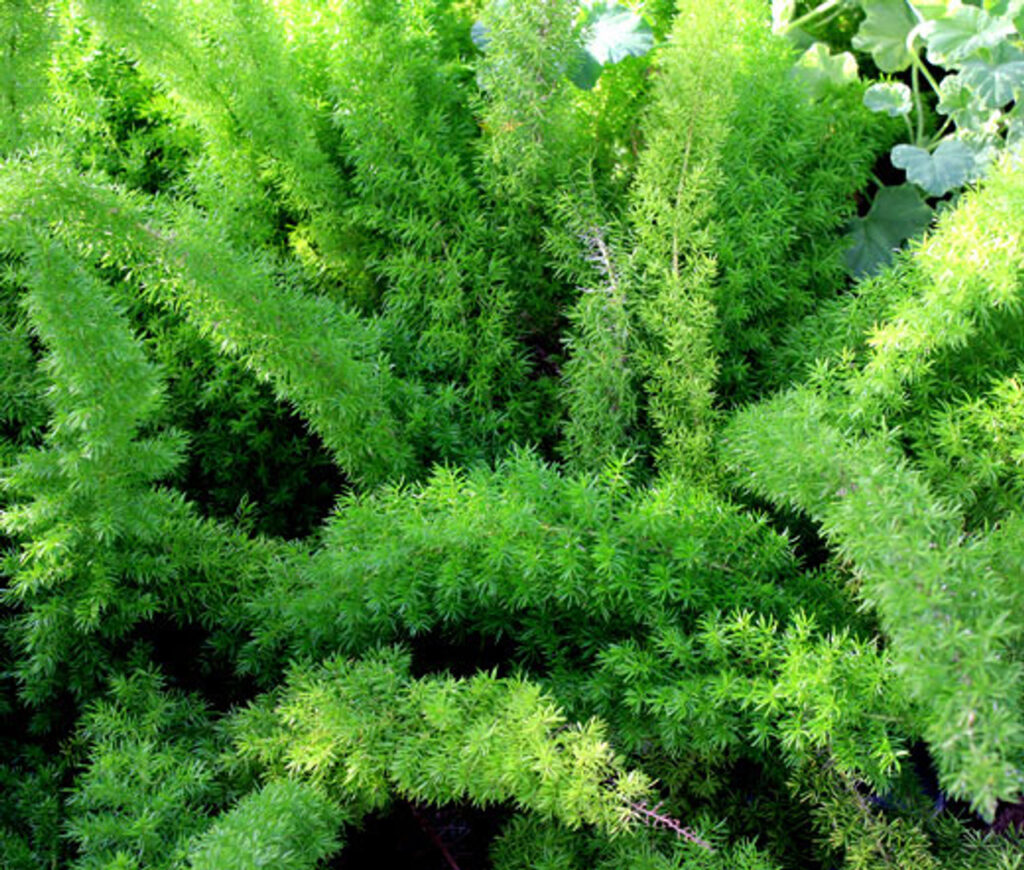
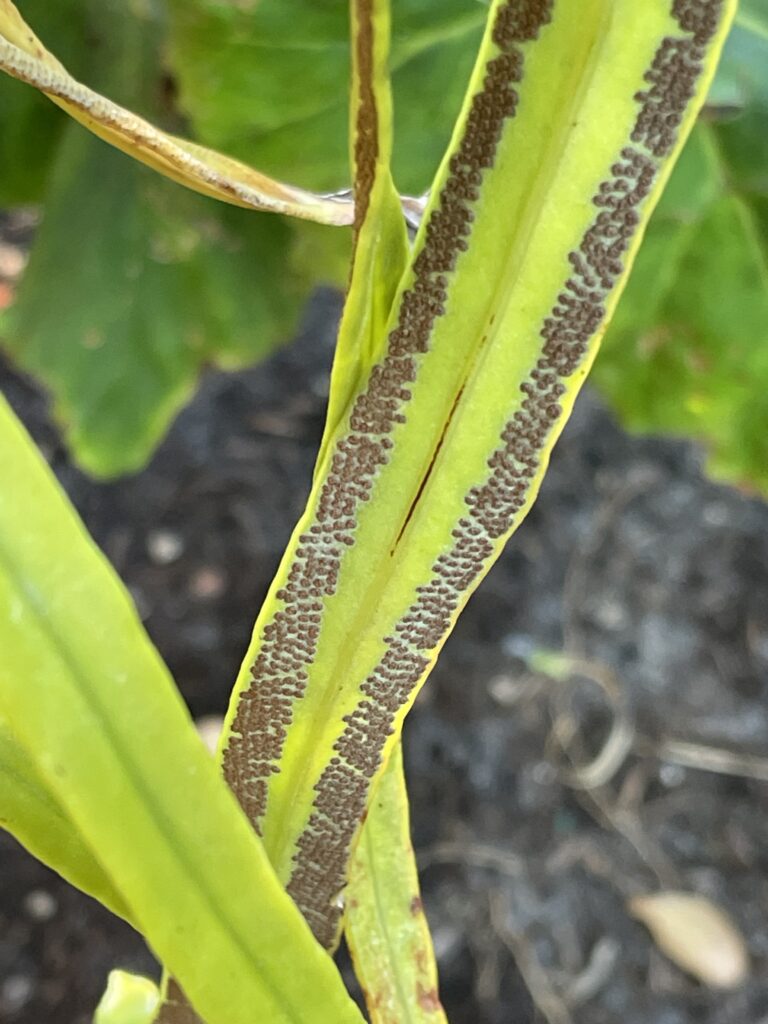
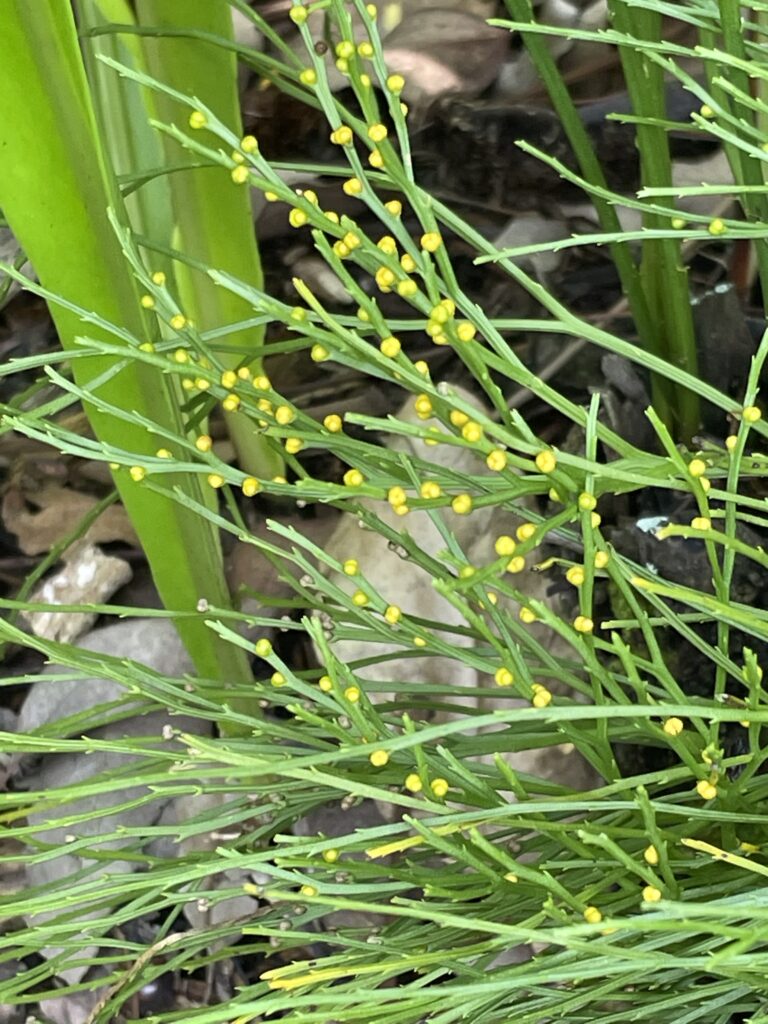
The final fern I would like to introduce is one of my favorites – the Whisk Fern (Psilotum nudum) or Bare Naked because this fern does not have true roots. In the spring, it produces yellow berries which are the sporangia (spore casings). This fern can be grown as an epiphyte or in humus-rich soil, provided it gets partial shade. The Florida native fern lacks true leaves or roots and can grow to 18 inches tall. It is basically pest and disease free like most ferns and can be grown in a pot. It may go dormant if temperatures get very cold, as do most tropical ferns.
Today, due to the high cost of obtaining sustainably harvested osmunda, orchids can be grown in a variety of growing mediums, such as sphagnum moss, fir bark and coco coir, sometimes called gorilla hair. The next time you visit the Estates, see if you can find the above ferns throughout the gardens!






